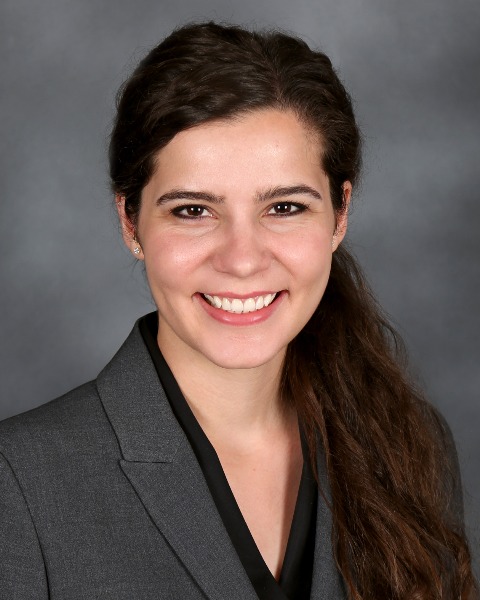Health Equity/Social Determinants of Health
Health Equity/Social Determinants of Health 2
534 - Patient, Provider, and Interpreter Perspectives on Interpreter Modality and Barriers to Interpreter Use in a Pediatric Inpatient Setting
Publication Number: 534.117

Brooklyn Leitch, MD, FAAP (she/her/hers)
Pediatric Hospital Medicine fellow
University of Nebraska Medical Center/Omaha Children's Hospital and Medical Center
Omaha, Nebraska, United States
Presenting Author(s)
Background:
There are a growing number of patients and families who use a language other than English (LOE). Standard of care for best patient outcomes requires that these families receive professional interpretation for every encounter, preferably in the modality that they are most comfortable with and that provides the best communication. Unfortunately, they do not always receive this.
Objective:
Objectives included learning how interpreter services are selected and used as well as which modality (in-person, video, or phone) is preferred by patient families, providers, and interpreters. We aimed to better understand the experiences of patients and families who use a language other than English (LOE), pediatric healthcare providers, and professional interpreters, and barriers to interpretation.
Design/Methods:
Thirty subjects were chosen randomly to be interviewed in person or via video: ten caregivers of recently admitted pediatric patients (all via video, with interpreters) who use a LOE, ten professional interpreters, and ten pediatric healthcare providers (attending hospitalist physicians, resident physicians, nurses, respiratory therapist, and physical or occupational therapists). The interview transcriptions and translations were analyzed using the qualitative software Dedoose.
Results: All interpreters and providers preferred in-person interpretation. Reasons included better context, ability to see nonverbal language, greater trust and rapport with families, better accuracy and more thorough communication, less technical difficulties and disruptions, and greater ability to assess the family’s understanding. Families also preferred in-person, for similar reasons. Most participants preferred video second. Barriers faced by providers included time, difficulty getting an in-person interpreter or any interpreter at all, difficulty knowing if the family is understanding, and difficulty connecting with families. They described choosing interpreter use and modality based on accessibility, time, family preference, and the clinical situation. They have used ad hoc interpreters and have had families decline interpreters for various reasons. Interpreter challenges included being overly busy, complex terminology, providers not adjusting to a family’s health literacy level, navigating cultural and dialect differences, and providers not trained in communicating via interpreters.
Conclusion(s):
Despite a clear preference for in-person interpreters, access is limited. Participants described multiple barriers to interpretation and challenges to be addressed in future research..png)
.png)
